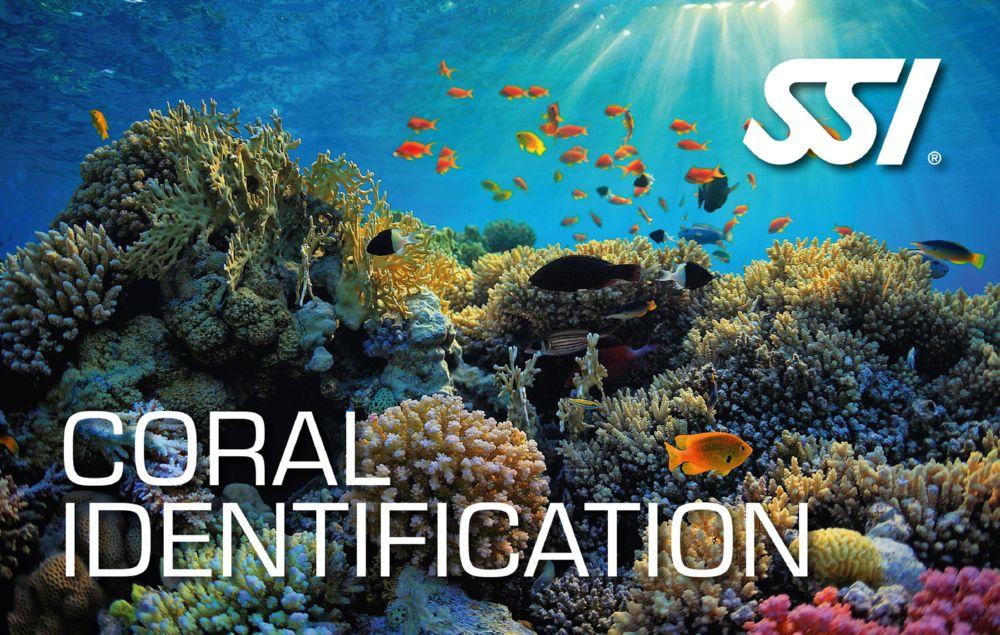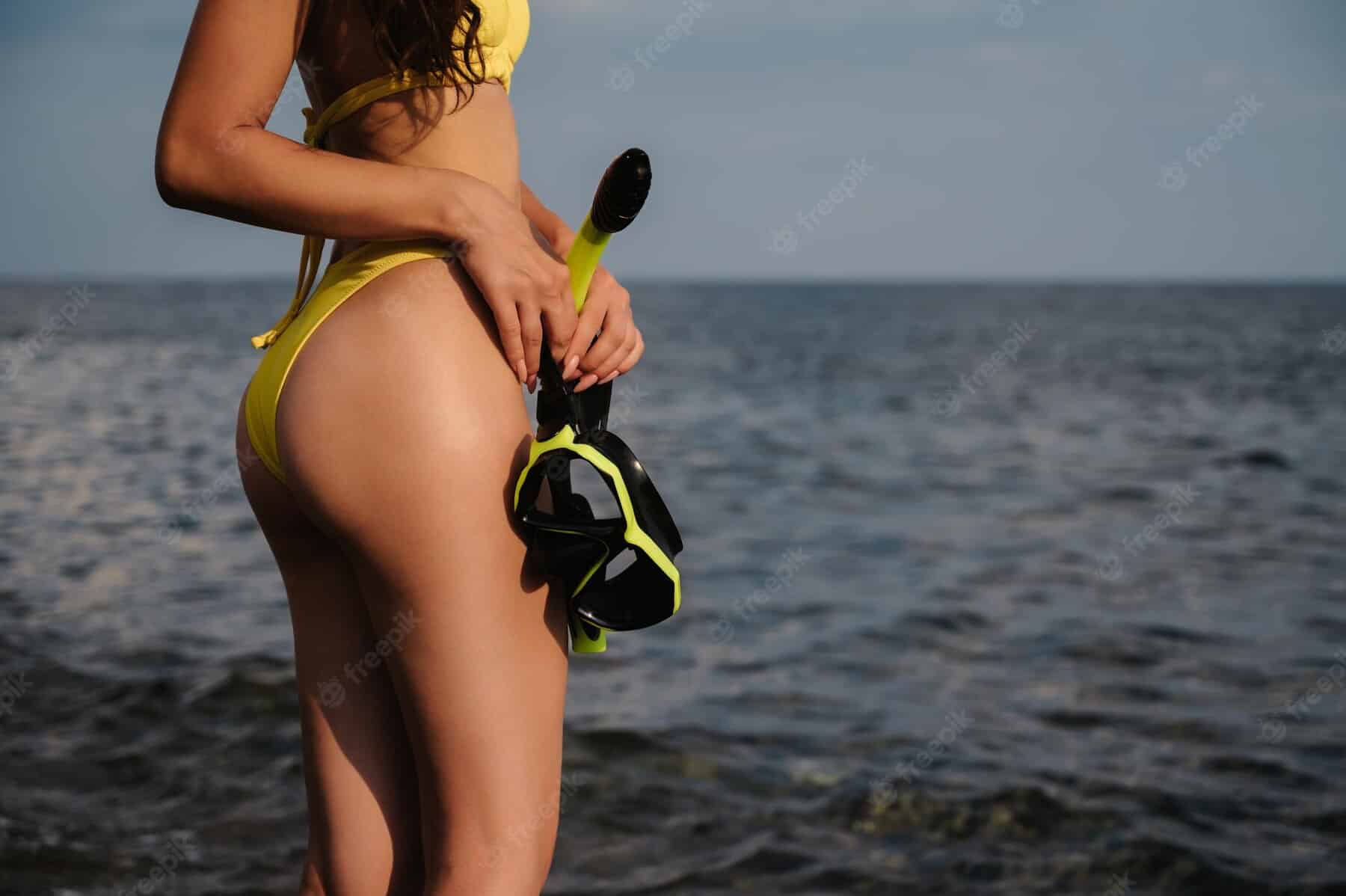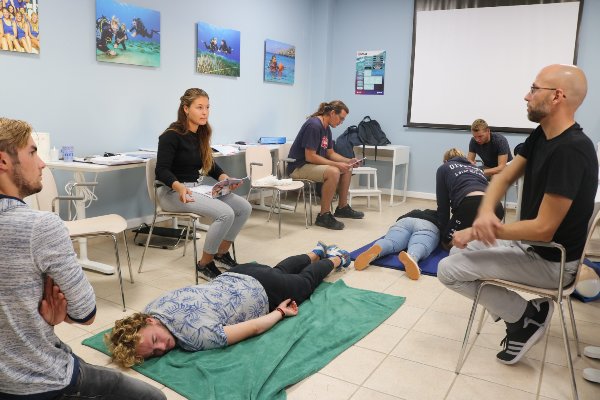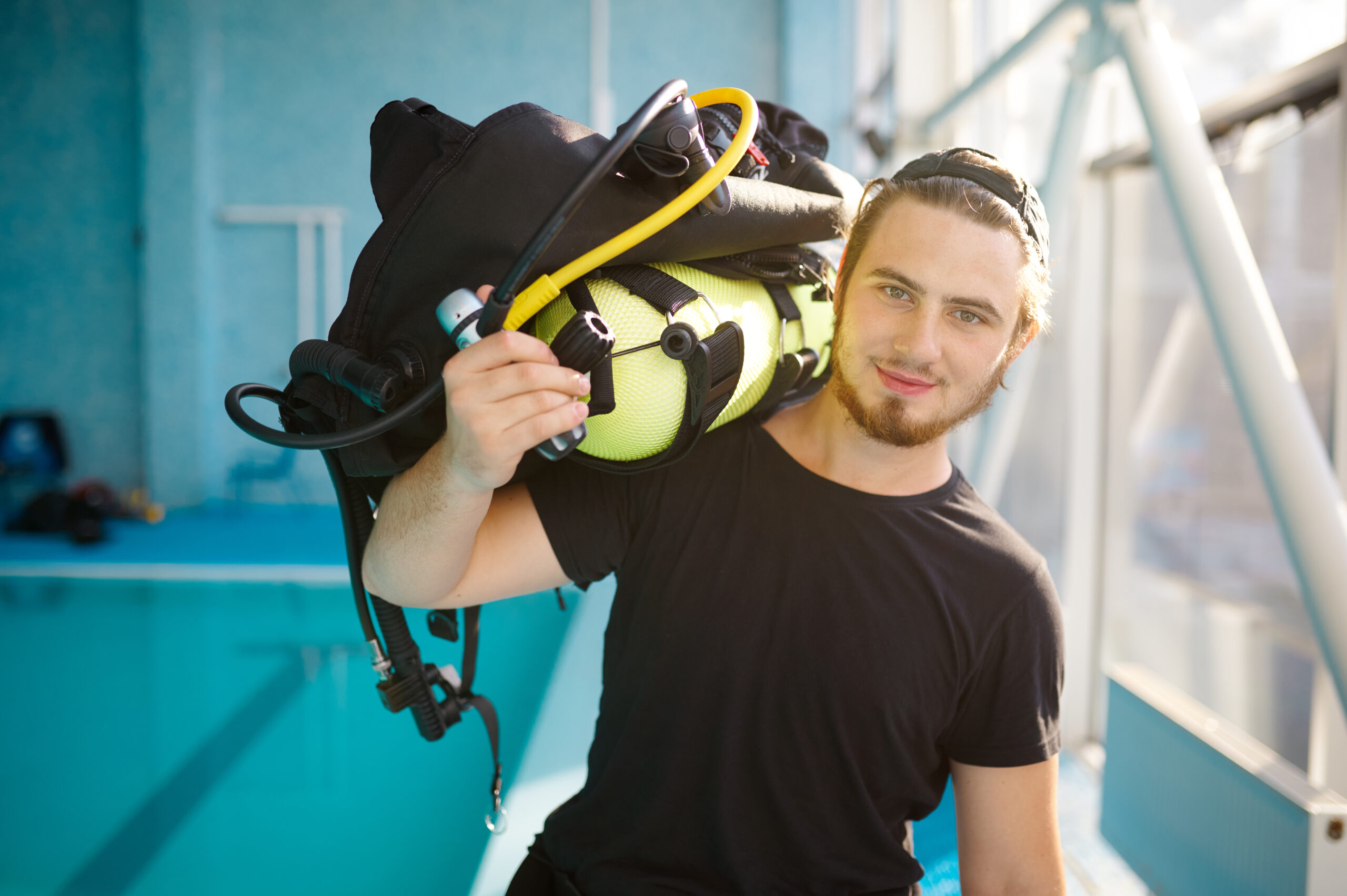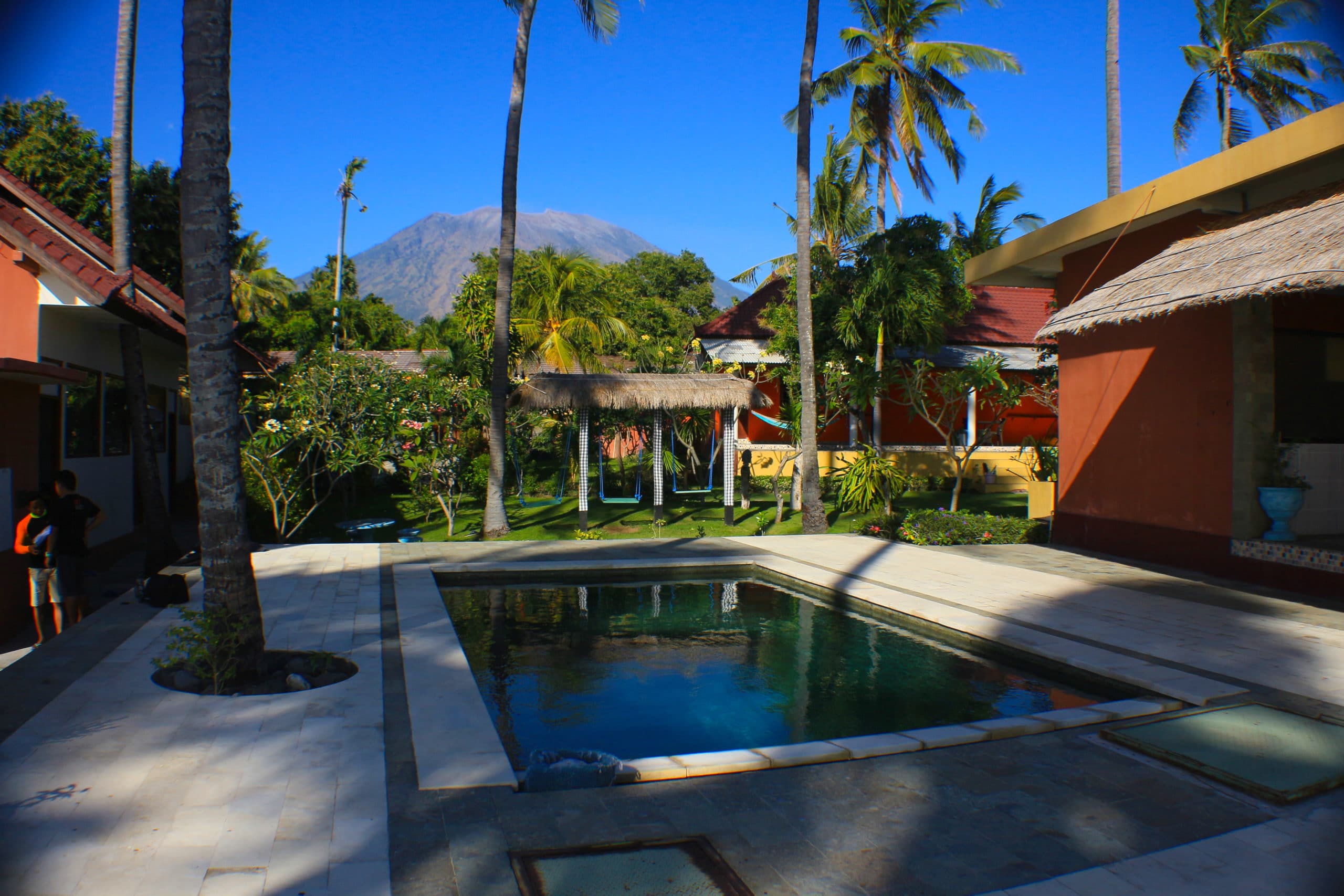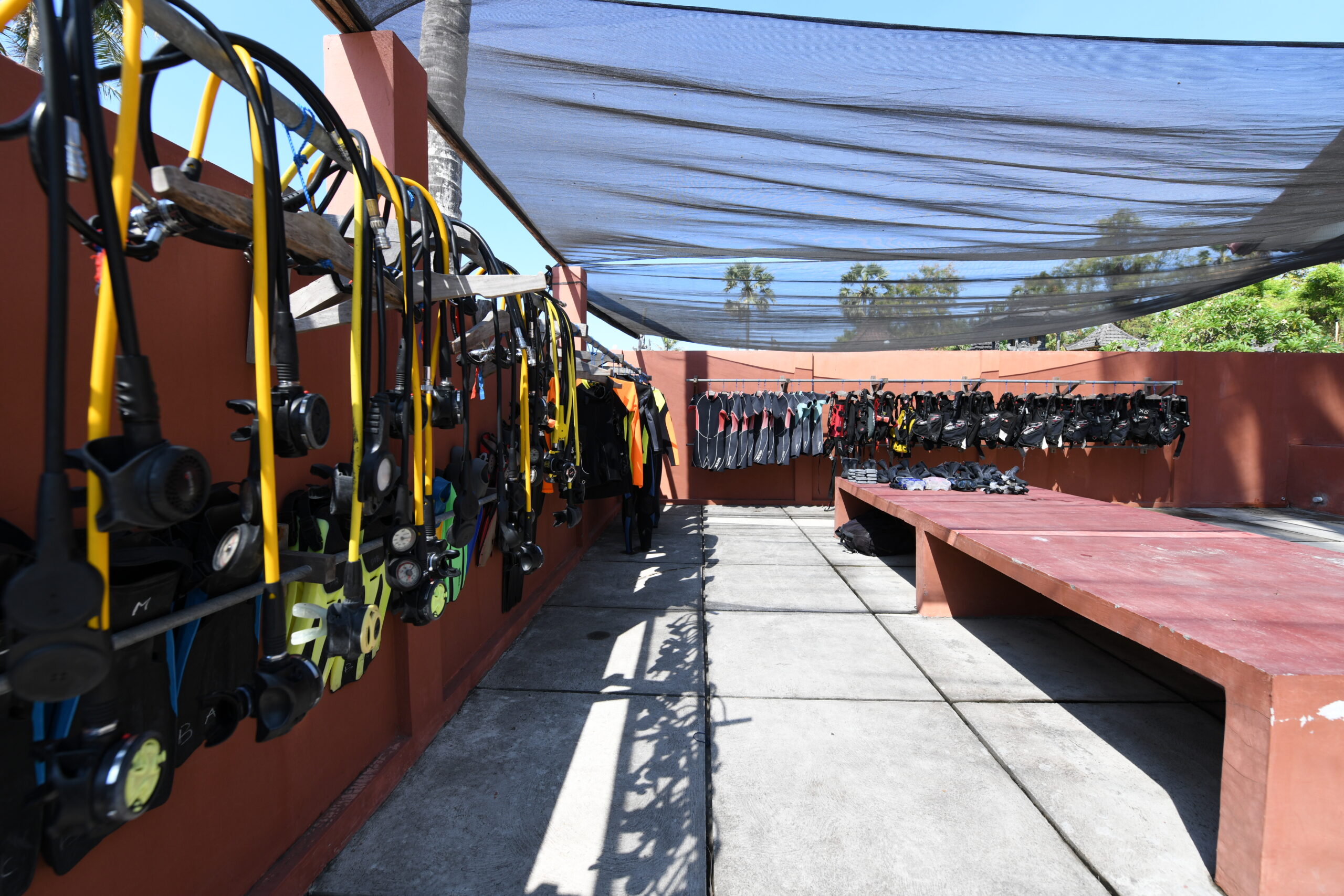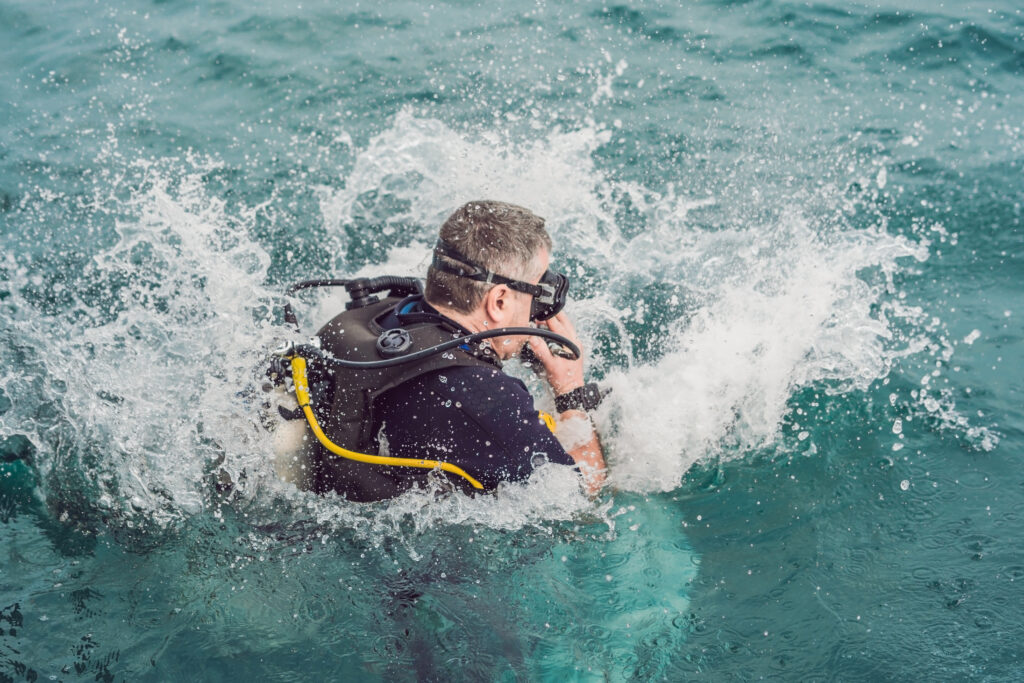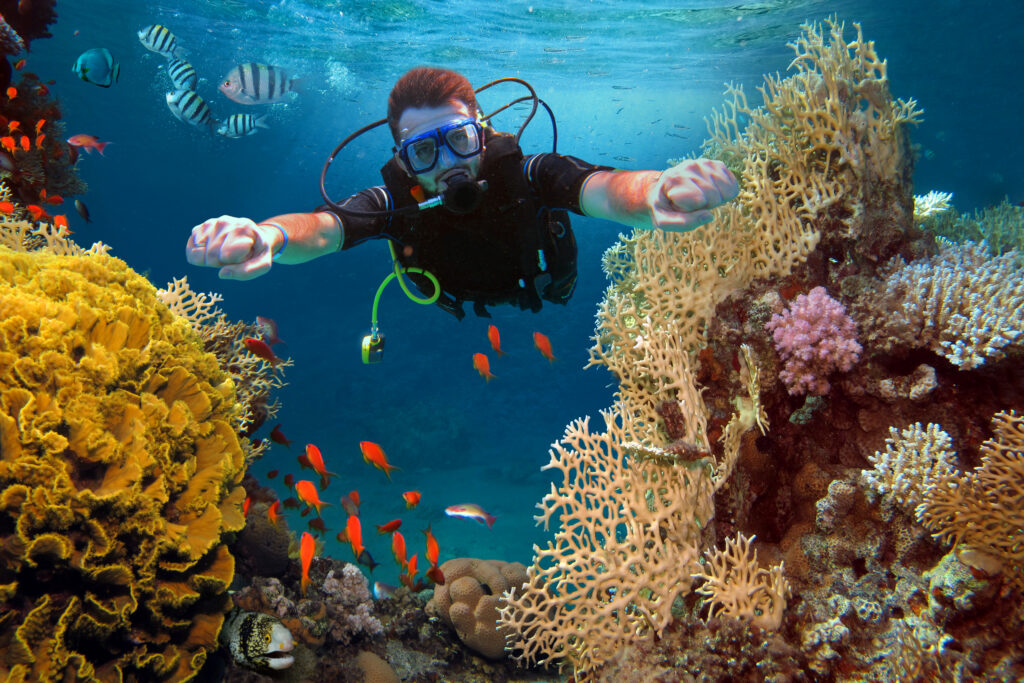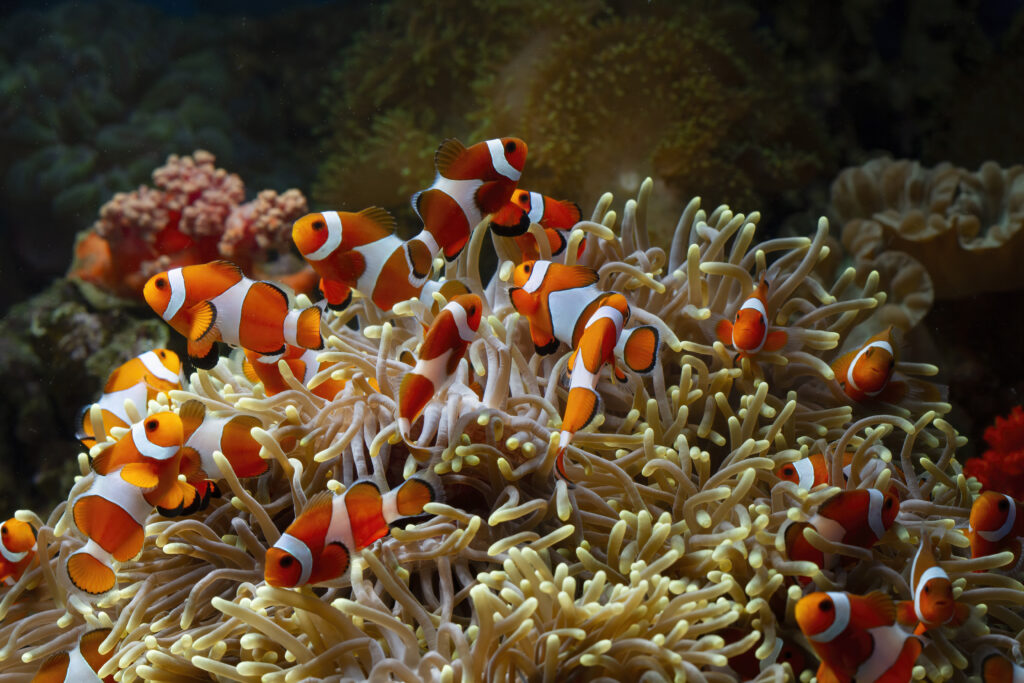Coral reefs are some of the most beautiful and diverse ecosystems on Earth. They are also some of the most threatened. The SSI Coral Identification (Bali) course will give you the knowledge and skills you need to help protect these amazing places. Here are 5 reasons why you should take the SSI Coral Identification (Bali) course:
1. Learn about the different types of coral and how to identify them.
There are many different types of coral in the world, and each type has its own unique set of characteristics. Some corals are brightly colored, while others are more subdued. Some corals are smooth, while others are rough.
Knowing how to identify different types of coral can be helpful for both scientific and recreational purposes. For example, scientists can use coral identification to study the health of coral reefs, and divers can use it to find the best spots for snorkeling and diving.
There are a few key things to look for when identifying coral. These include the color, texture, and shape of the coral. Additionally, it can be helpful to look at the surrounding environment, such as the type of water, to help narrow down the possibilities.
2. Understand the importance of coral reefs and the threats they face.
Coral reefs are one of the most important ecosystems on Earth. They provide a home for 25% of all marine species and are vital to the health of the planet.
Unfortunately, coral reefs are under threat from a number of different sources. Climate change is causing the ocean to warm, which bleaches and kills coral. Pollution from humans is also damaging reefs, as is the illegal trade in coral.
By learning to identify different types of coral, we can help to protect these important ecosystems.
3. Gain valuable experience in conducting surveys and collecting data.
1. SSI Coral Identification (Bali) is an excellent way to gain valuable experience in conducting surveys and collecting data. This program will teach you how to identify coral species and collect data on their abundance and distribution.
2. The program is conducted in Bali, Indonesia, which is home to some of the world’s most diverse and beautiful coral reefs. You will have the opportunity to see firsthand the amazing variety of coral species that live in this region.
3. You will also learn about the importance of coral reefs and the threats they face from human activities. This knowledge will be essential in helping to protect these fragile ecosystems.
4. Get involved in citizen science and contribute to reef conservation.
Coral reefs are some of the most biodiverse ecosystems on Earth, providing critical habitat for countless species of fish, invertebrates, and algae. However, these fragile ecosystems are under threat from a variety of human activities, including pollution, overfishing, and climate change.
Coral identification is important for understanding the health and diversity of a reef system. By participating in citizen science programs like the SSI Coral Identification project, you can help scientists track the health of coral reefs and identify areas in need of conservation.
5. Have a lot of fun and meet new friends!
With SSI Coral Identification (Bali), you can have a lot of fun meeting new friends and learning about coral identification. This program is designed to give you the skills and knowledge you need to identify coral in the wild. You’ll also learn about the ecology and importance of coral reefs.
